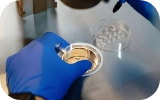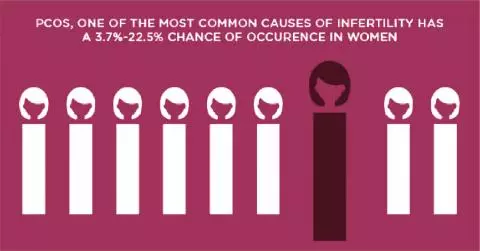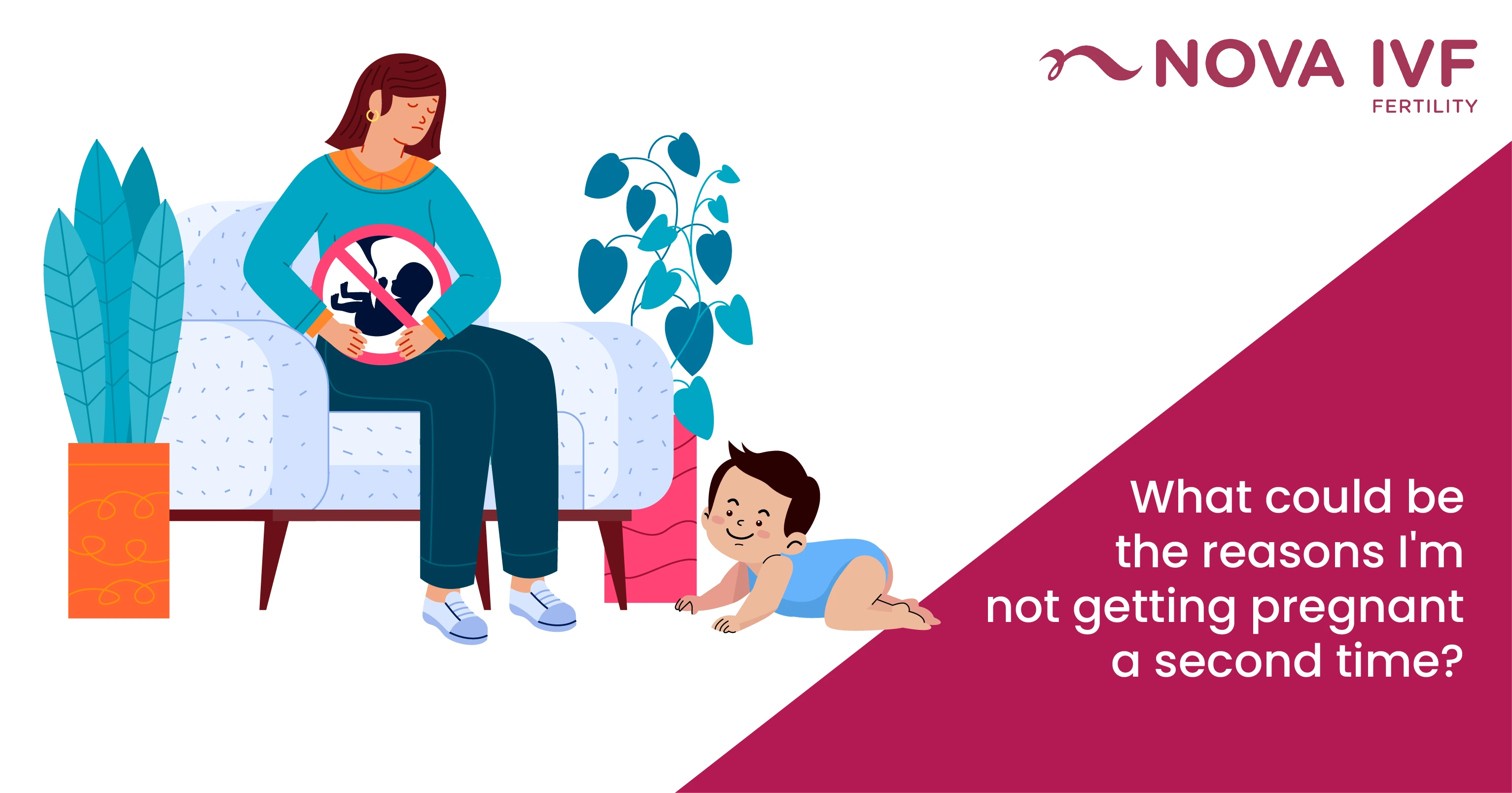Treatments for Anovulation: What You Need to Know

Anovulation means the absence of ovulation in a menstrual cycle. This condition can occur due to factors such as unhealthy weight gain, underweight, extreme workouts, stress, PCOS, Premature ovarian failure, etc. Lack of ovulation could be the main cause of infertility in many women. Treatment techniques used for anovulation depends on the cause of this condition.
How to Treat Anovulation
Let's discuss the methodologies used for anovulation treatments below:
Body Weight Management
Underweight women must adhere to a proper diet plan that contains foods with healthy fats to gain healthy weight. Obese women must also bring changes in their diet by reducing fried foods, trans-fat, gluten, sugar, soft drink, etc.
Optimal Workouts
Excessive and extreme workouts can also inhibit ovulation in many women. So bringing down your workout levels or adhering yourself to an optimal exercise routine can help in the induction of ovulation again.
Fertility medications
Most of the time, the medications used for treating anovulation are fertility drugs. The most common one used is clomiphene citrate, which is a selective estrogen receptor modulator and is found to be effective in inducing ovulation in nearly 80% of the cases.
In some cases, combining clomiphene citrate with hCG, hMG or FSH have found to be much more effective. Though while using hMG, there is a risk of multiple pregnancies.
Other medications used are GnRH pumps which produce FSH and LH, Tamoxifen when clomiphene citrate causes some reaction in the body, Bromocriptine to reduce prolactin level and Corticosteroid to reduce the testosterone levels. Each medication works on the cause of anovulation.
IVF
In women with perimenopause and premature ovarian failure, the above-given treatment methodologies may not work or may require umpteen numbers of attempts. In such a situation, they can opt for assisted reproductive treatment such as IVF to get pregnant with their own eggs or from a donor.
 Infertility Counselling
Infertility Counselling Female Infertility Treatment
Female Infertility Treatment Andrology Treatment
Andrology Treatment Fertility Enhancing Surgeries - Female
Fertility Enhancing Surgeries - Female Fertility Enhancing Surgeries - Male
Fertility Enhancing Surgeries - Male Endoscopy Treatment
Endoscopy Treatment IUI Treatment
IUI Treatment IVF Treatment
IVF Treatment ICSI Treatment
ICSI Treatment Advanced IVF Solutions
Advanced IVF Solutions Embryology
Embryology Vitrification Egg, Embryo, Sperm Freezing
Vitrification Egg, Embryo, Sperm Freezing Preimplantation Genetic Testing (PGT)
Preimplantation Genetic Testing (PGT) Donation Program Embryo / Egg / Sperm
Donation Program Embryo / Egg / Sperm Self-cycleTM IVF
Self-cycleTM IVF

 Self-cycleTM IVF
Self-cycleTM IVF










